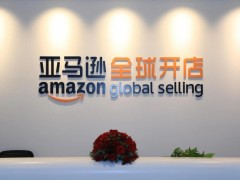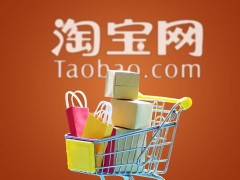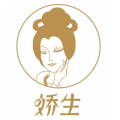What is Alibaba's partnership system?
为了研究阿里合伙人制度,我们研究了阿里巴巴2014年在美国上市、2019年在香港上市的招股书,查阅了2000多页的资料。
1. 阿里合伙人制度从2010年开始试运行,而2010年是马云和雅虎关于控制权约定到期的时间。
2. 2013年阿里巴巴准备去香港上市,首次对外披露阿里合伙人制度。
3. 阿里合伙人制度规定由阿里合伙人推荐过半数董事,不符合香港当时的规则,所以没能在香港上市,2014年阿里巴巴改道美国上市。
马云为了坚持阿里合伙人制度,宁愿放弃上市,可见马云把这制度看得有多重要呢?
4. 阿里合伙人制度主要是两大功能:
第一大功能是解决控制权的问题,马云就算持股5%也能有控制权。
第二大功能是解决传承的问题,所以马云可以安然退休,因为已经做了制度安排哦。
在我们《公司控制权的10种模式》的专栏里,有两节内容专门分析了阿里合伙人制度的控制权和传承机制。
Professional answer
In order to study Alibaba's partnership system, we studied Alibaba's prospectus for listing in the United States in 2014 and in Hong Kong in 2019, and reviewed more than 2,000 pages of information.
1. The Alibaba partnership system began trial operation in 2010, and 2010 was the time when the agreement between Jack Ma and Yahoo on control rights expired.
2. In 2013, Alibaba was preparing to go public in Hong Kong and disclosed the Alibaba partnership system to the public for the first time.
3. The Alibaba partnership system stipulates that more than half of the directors must be recommended by Alibaba partners, which did not comply with the rules of Hong Kong at the time, so it was not listed in Hong Kong. In 2014, Alibaba switched to the United States for listing.
In order to adhere to the Alibaba partnership system, Jack Ma would rather give up the listing. It can be seen how important Jack Ma thinks this system is?
4. The Alibaba partnership system mainly has two functions:
The first function is to solve the problem of control rights. Jack Ma can have control even if he holds 5% of the shares.
The second major function is to solve the problem of inheritance, so Jack Ma can retire peacefully because the system has been arranged.
In our column "10 Models of Corporate Control", there are two sections that specifically analyze the control and inheritance mechanism of the Alibaba partnership system.
Similar Q&A
recommend What is the name of Alibaba's artificial intelligence?
E-c News Continuously pushing e-commerce knowledge to you








Latest Q&A More
-
Do I need a trademark to open a franchise store on Pinduoduo to sell books?
#Pinduoduo#
-
How to withdraw from a Pinduoduo store
#Pinduoduo#
-
How to withdraw from Pinduoduo merchants
#Pinduoduo#
-
How to pay fees when closing a Pinduoduo store
#Pinduoduo#
-
How to withdraw from Pinduoduo
#Pinduoduo#
-
Which store on Pinduoduo is authentic?
#Pinduoduo#
-
Which stores on Pinduoduo can buy genuine products?
#Pinduoduo#
-
How to check the store under Pinduoduo
#Pinduoduo#
-
How to receive Pinduoduo online game products
#Pinduoduo#
-
How to sell the electronic version on Pinduoduo
#Pinduoduo#
E-c News 2025-12-22 13:23:02

- African netizens use China Africa cross-border e-commerce platform for online shopping
- how is the new seller of cross-border e-commerce doing?
- how can cross-border e-commerce Amazon sell on Amazon platform without goods?
- Amazon store opening process and cost analysis!
- Amazon plans to expand its pharmacy business on a large scale and will add same day delivery service
